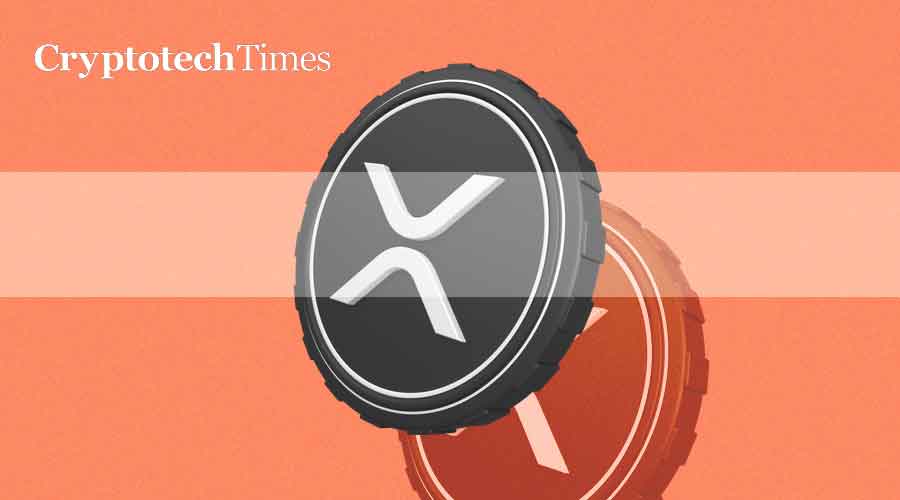 Ripple’s 2024 Odyssey: Navigating Technology, Markets, and Regulation for Future Success
Ripple’s 2024 Odyssey: Navigating Technology, Markets, and Regulation for Future Success
INTRO
In 2024, Ripple (XRP) stands at a pivotal juncture, navigating an ever-evolving digital currency landscape. This comprehensive analysis delves into Ripple’s journey through the year, highlighting its technological innovations, market dynamics, regulatory developments, and strategic partnerships. As Ripple continues to reshape the contours of cross-border payments, its trajectory offers insights into not just its own future, but also the broader cryptocurrency market. Amidst growing scrutiny and competition, Ripple’s adaptability and strategic maneuvers in 2024 offer a window into the challenges and opportunities facing modern digital currencies. This article aims to provide an in-depth understanding of Ripple’s position in the global financial ecosystem and its potential to drive transformative change in the years ahead.
Technological Advancements
Ripple’s core advantage lies in its consensus protocol, which differs from the traditional proof-of-work (PoW) and proof-of-stake (PoS) mechanisms. In 2024, Ripple further enhanced its protocol to increase transaction speed and reduce energy consumption, responding to growing concerns about the environmental impact of cryptocurrencies. These enhancements have strengthened Ripple’s appeal to eco-conscious investors and institutions.
Moreover, Ripple has been focusing on interoperability, ensuring that XRP can seamlessly interact with other blockchain networks. This development is crucial in a landscape where the ability to work across various blockchains is increasingly important.
Market Dynamics
XRP’s market performance in 2024 has been influenced by broader market trends and its unique position. While the crypto market, in general, experienced volatility, Ripple managed to maintain relative stability. This stability is attributed to its growing adoption by financial institutions for cross-border transactions. Ripple’s partnerships with major banks and payment providers have been a cornerstone of its strategy, and these relationships continued to bear fruit in 2024.
However, XRP’s price has also been affected by the overall market sentiment towards cryptocurrencies, which remains mixed due to concerns about regulation, security, and market manipulation.
Regulatory Environment
One of the most significant challenges for Ripple has been the regulatory landscape. In 2024, regulatory bodies around the world continued to scrutinize cryptocurrencies, with a focus on consumer protection, anti-money laundering (AML) standards, and financial stability. Ripple, in particular, has been under the microscope due to its legal battles, especially with the U.S. Securities and Exchange Commission (SEC).
The outcome of these legal challenges has had a direct impact on investor confidence and Ripple’s ability to forge new partnerships. Despite these challenges, Ripple has continued to advocate for clear and fair regulatory frameworks for cryptocurrencies, positioning itself as a leader in regulatory discussions.
Ripple’s Ecosystem and Community
Ripple’s ecosystem has seen considerable growth in 2024. The company has expanded its RippleNet platform, which enables faster and more cost-effective international payments. This expansion includes the addition of new currencies and increased connectivity between banks and payment providers.
The XRP community remains a vital part of Ripple’s success. In 2024, the community continued to grow, driven by a strong belief in Ripple’s technology and its potential to disrupt traditional financial systems. Ripple has actively engaged with this community, incorporating feedback into its development roadmap.
Future Outlook
Looking ahead, Ripple’s future appears promising yet challenging. The potential for Ripple to transform global payment systems is immense, especially in emerging markets where traditional banking infrastructure is lacking. Ripple’s focus on compliance and its proactive stance on regulation could also set it apart from other cryptocurrencies, making it a more attractive option for institutional investors and financial entities.
Additionally, the evolving landscape of blockchain technology and digital currencies presents both opportunities and uncertainties for Ripple. As new players enter the market and existing ones innovate, Ripple must continuously adapt and evolve its technology and business model to maintain its competitive edge. Collaboration with banks and financial institutions will be crucial, as will the development of new use cases for XRP that go beyond cross-border payments. The company’s ability to forge strategic partnerships and expand its ecosystem will be key factors in its long-term success.
However, challenges remain, primarily around regulatory clarity and market competition. Ripple needs to navigate the complex legal landscape while continuing to innovate and stay ahead of competitors.




